This is a tale of transformation; of seizing opportunities, putting in incredible effort, applying expertise and technology, and shifting from surviving, to thriving. It is an exemplar of what Access to Energy stands for, and can do.
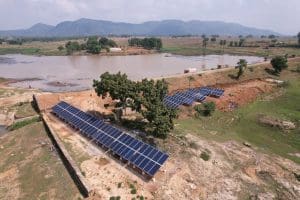
Agriculture, with its allied sectors, is the largest source of livelihoods in India. 70% of its rural households still depend primarily on agriculture for their livelihood, with 82% of farmers being small and marginal. However, the opportunities to earn consistently and through the year are challenging in many rural areas, because the agriculture is predominantly monsoon-dependent; any delay or failure in the monsoons severely affects what little crop is grown. With the acceleration of climate change, these delays are now becoming frequent. As per the National Sample Survey, the estimated average monthly income per agricultural household has increased from USD $76 in 2012-13, to just USD $121 in 2018-19. This has engendered rural-urban migration, where entire villages flock to the cities in search of basic living requirements. The impacts of livelihood insecurity are layered and far-reaching; from living conditions, to health, to education, to socio-economic development, to the marginalisation of women, and far, far more.
And so it was, in Sehal Bara Soli, Gumla district, Jharkhand. Sehal’s villagers were smallholder farmers, with an average land-holding of 2.5 acres, and an annual income of USD $650. Most were dependent on agriculture and forest produce for their livelihood. Despite having water in the nearby reservoir through the year, Sehal’s 110 households were completely dependent on rain for their crops. There was no canal irrigation system; the terrain didn’t support it. In fact, they were able to raise only one crop during the rainy season. Despite being connected to the national power grid in 2018, their single-phase power supply was erratic. More often than not, breakdowns would take several weeks, if not months, to restore.
Enter PRADAN, or Professional Assistance for Development Action, a non-governmental organisation which believes that embedding knowledgeable, empathetic professionals at the grassroots level can strategically and sustainably shift the endemic poverty that assails rural India. Sehal comes under PRADAN’s Livelihood Improvement Program, and they have made major contributions to its development and empowerment since 2014. From helping form Self-Help Groups and enabling access to government schemes, PRADAN also initiated the installation of diesel pumps to fuel the irrigation of two-three crops. This method, however, was limiting, owing to the high and increasing cost of diesel, and a capacity utilisation of less than 50%.
In 2019, Project ASTHA was launched by PRADAN and Schneider Electric to develop perennially backward areas with renewable solar energy solutions, in Jharkhand, Bihar, and Odisha. Its aims: to establish sustainable irrigation practices, build market linkages, encourage community ownership, and empower women. The three, solar-powered, irrigation pumps in Sehal Bara Soli helped 60 families, ensuring irrigation to raise three crops, including cash crops. The results were heartening: the solar-powered pumps doubled income in just four years, significantly reduced migration, saw an appreciable increase in women’s involvement in crop planning and decision-making, and a considerable rise in their status and quality of life. It also birthed the woman-led, Farmer Producer Organisation (FPO), to build the critical, direct market linkages these farmers needed.
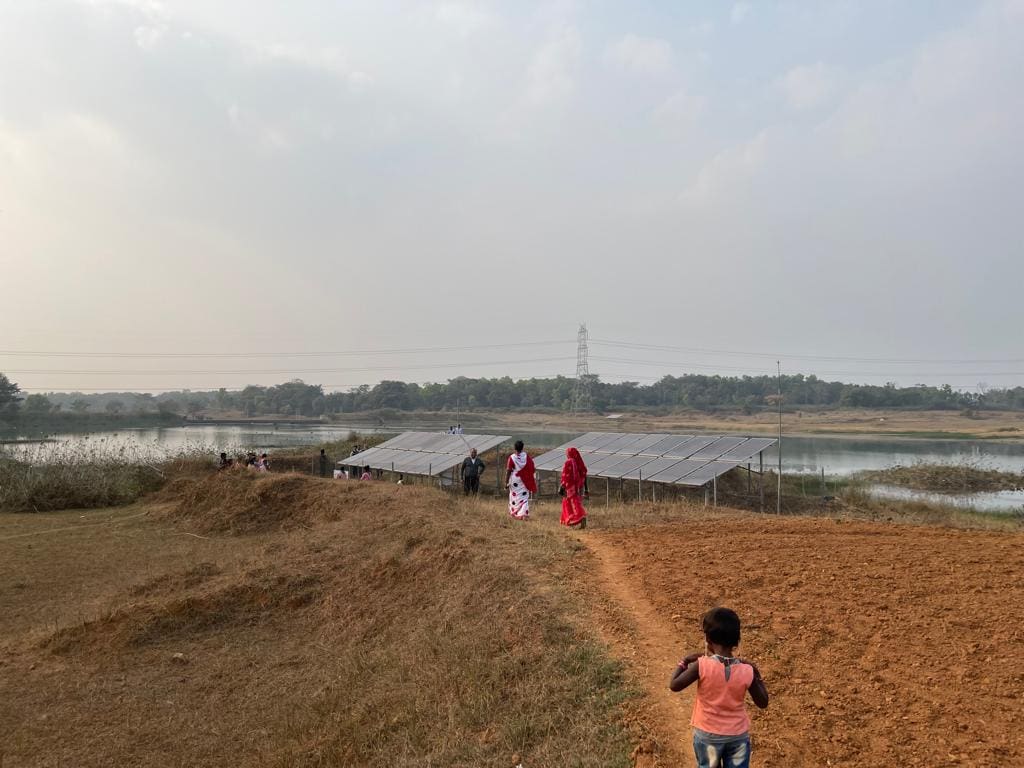
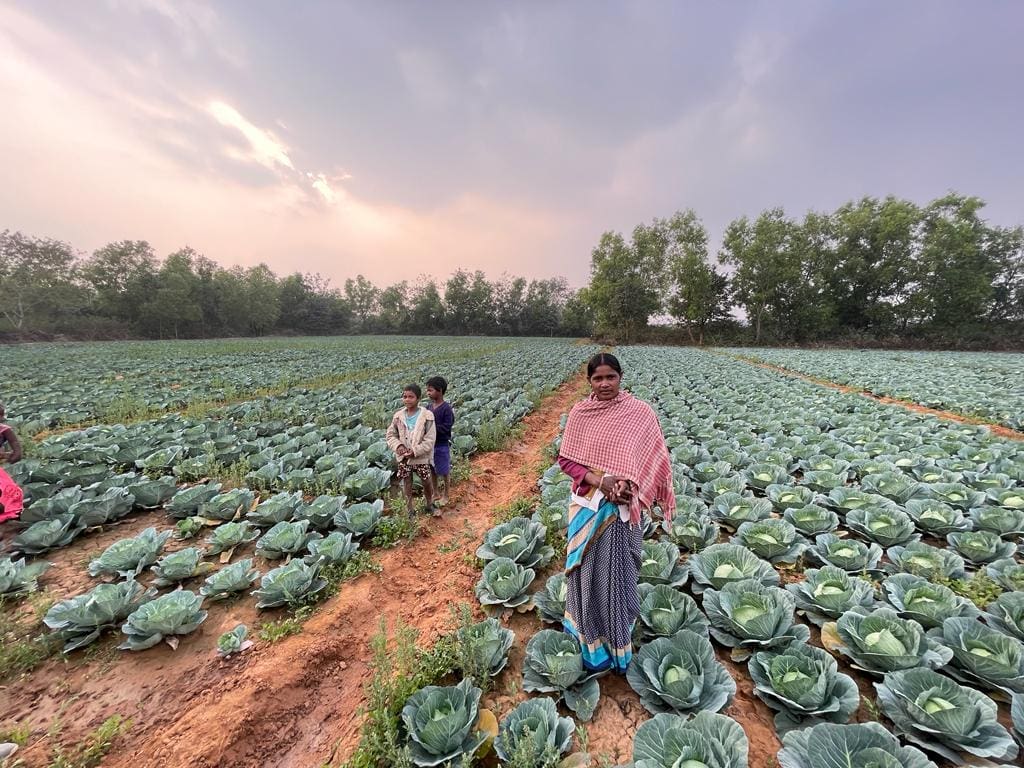
Having achieved all this, we questioned how we might further improve outcomes. We discovered that creating an alternative water supply for irrigation wasn’t enough. The villagers still turned to labour-intensive, manual processes, or high-cost, diesel-powered machines for harvesting and agro-processing. They still travelled 15 kilometres to process agricultural produce for their own needs. They still sold whatever was left to middlemen. They still relied on a single-phase supply from the national power grid.
Schneider Electric developed and implemented an innovative, efficient, reliable, and low-cost “Climate Smart Village Solution“, which, in addition to maintaining the high-capacity solar pumps that would double the area under irrigation, would also power the agro-processing unit to extract oil from mustard, the milling of rice, the deshelling of groundnut, and making plates from sal leaves. Even more, it would work smartly and to capacity, to supply reliable power to households, streetlights, and other community loads.
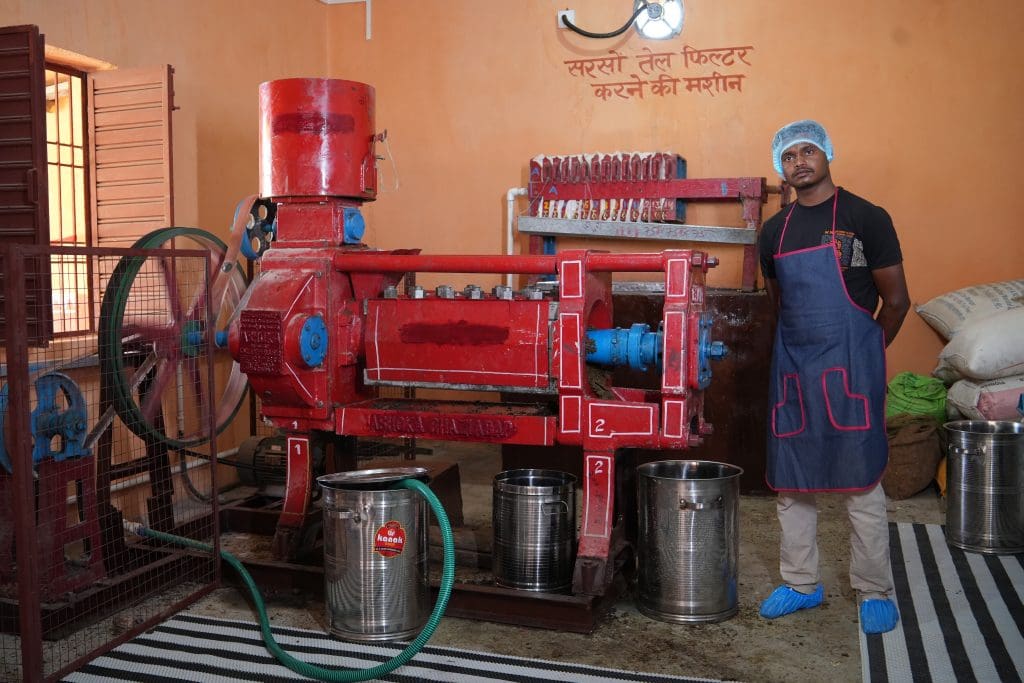
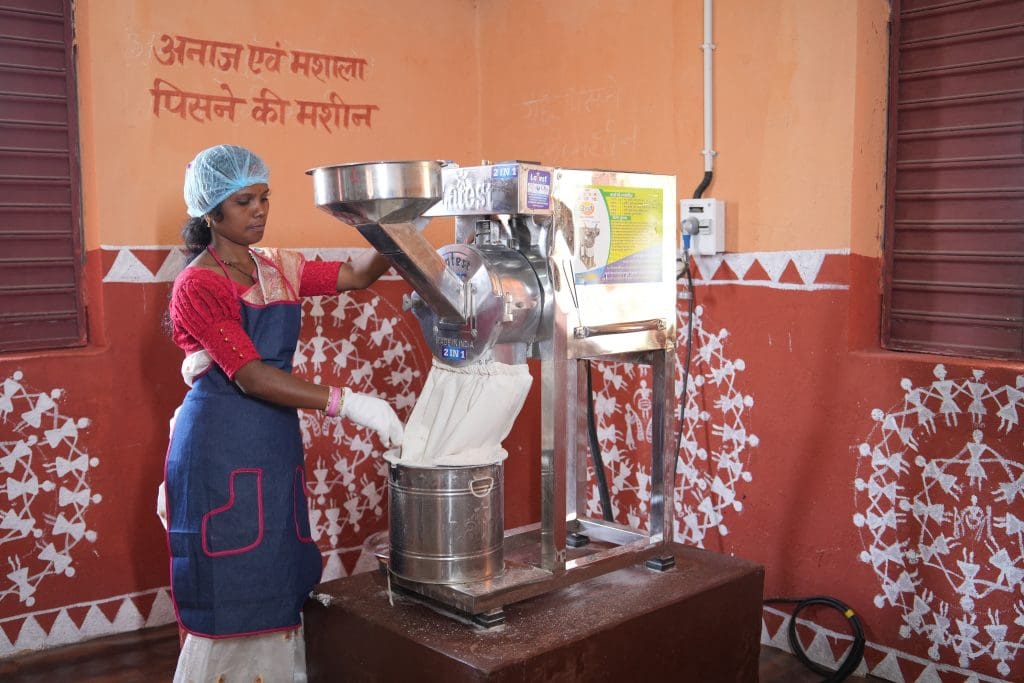
The Climate Smart Village Solution in Sehal has a 40 kW Solar array with an EcoStruxure digital platform, an IoT-enabled, smart-powered, remote monitoring system. The EcoStruxure digital platform ensures 100% capacity utilisation of the solar panels, diverting power to different loads, based on demand. The system runs:
- Four irrigation pumps (two 10HP pumps, and two 5HP pumps), one oil expeller, one leaf-plate moulding machine, a rice huller, and a groundnut sheller, powered through highly efficient and reliable solar drives.
- 110 households, 20 streetlights, a photocopying/ printing machine, and an electric transport vehicle, which requires 24/7 power, powered through an inverter with battery backup.
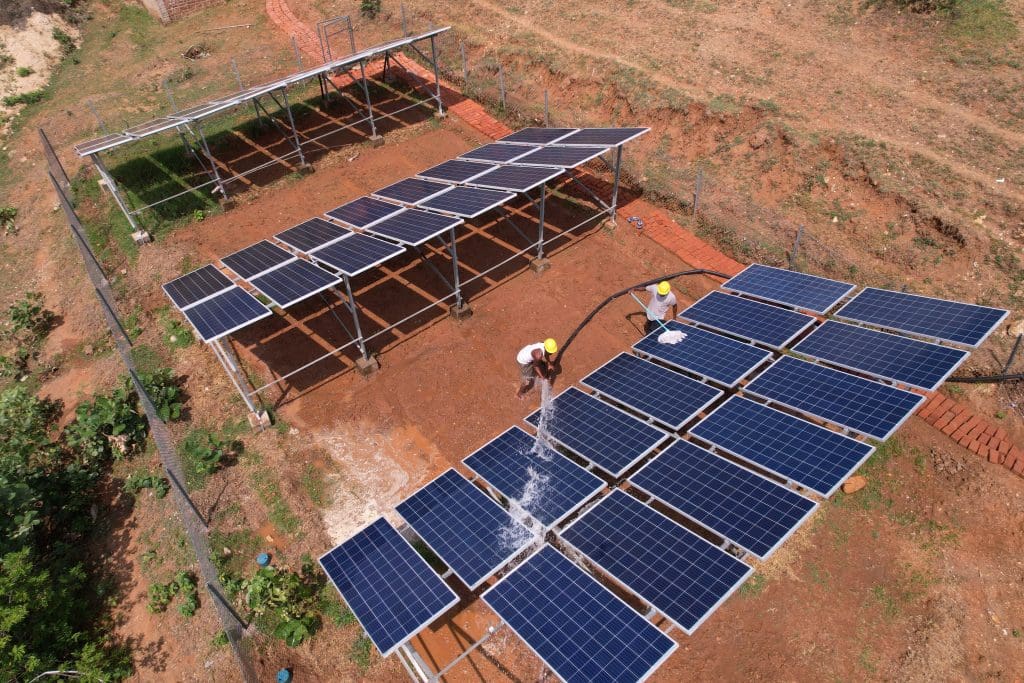
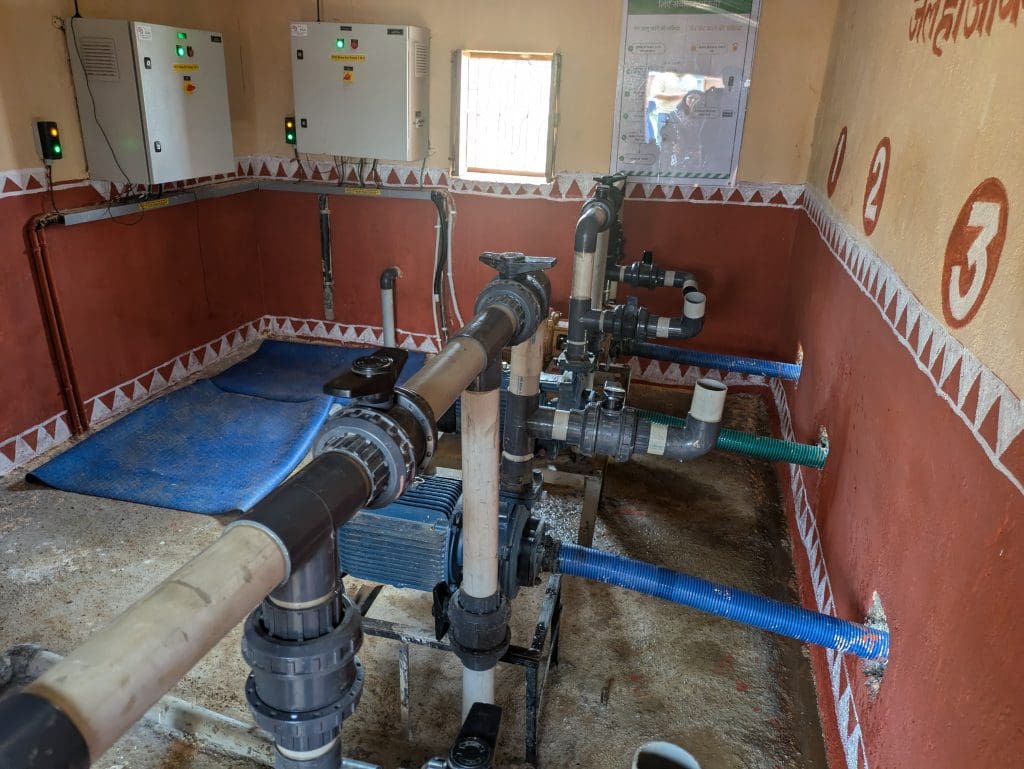
What does this mean, in terms of impact?
- A reduction in migration, from 54% to 17%.
- Planting 2nd and 3rd crops, including cash crops, generating additional incomes of USD $710 to USD $830 a year.
- The decarbonisation of agriculture through better technologies, and more consistent, higher-quality output.
- Every child has greater access to education.
- A paradigm shift for its women, creating work, income, and agency.
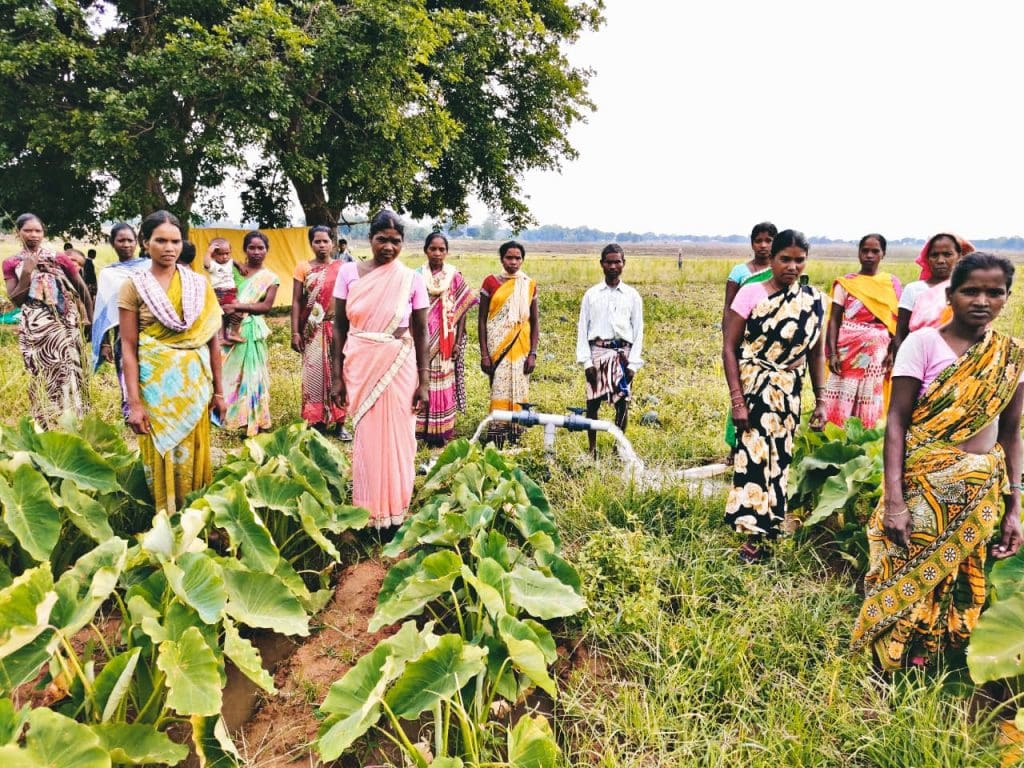
For Schneider Electric, it means the opportunity to replicate the progress that Sehal has achieved in four, short years, not just in India’s villages, but in our global one. To accelerate and reenact at scale, it is critical to find synergies between the public and the private, and to collaborate, so that together, we are witness to multiple Sehals, thriving.



Add a comment